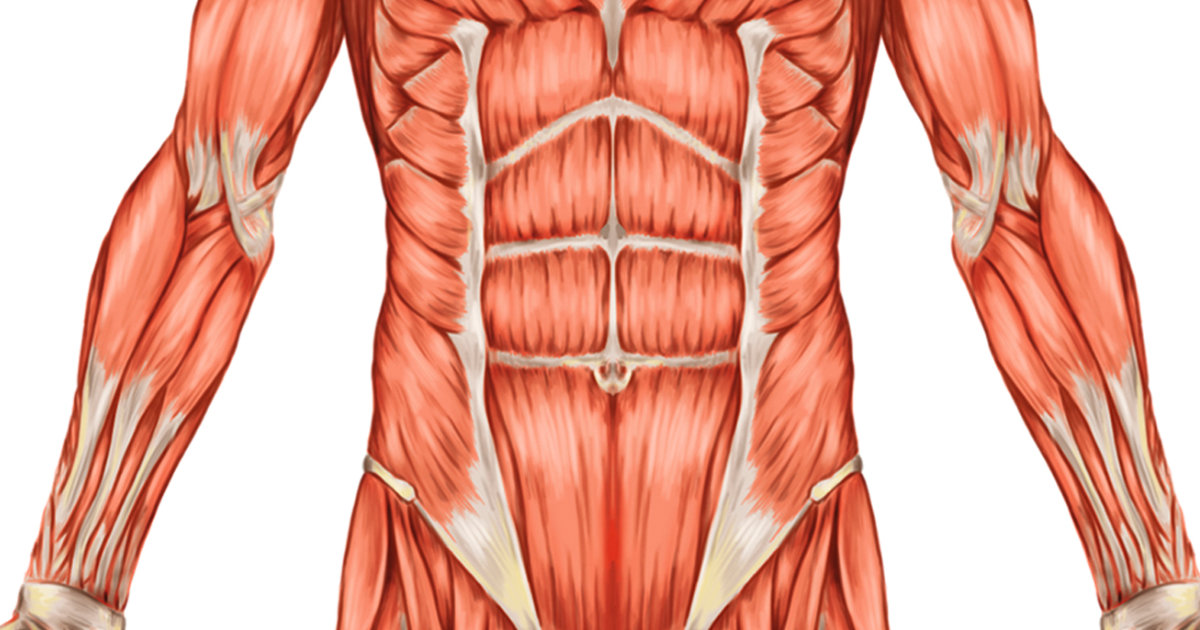Research has determined that a well-trained core is essential for optimal performance and injury prevention. Much is still debated as to specific training that best contributes to the development of a well- trained core due to the complexity of the core muscle groups and their synergistic relationship in providing a multitude of functions. For example, as spinal and joint stabilizers, core muscles function optimally when co-contracting as a group providing 360 degrees of stiffness and decompression around the spine, transferring the force of movement to the muscles of the arms and legs. Because of this, it is important to train them as a group and not individually, as we would the force generator muscles of our arms and legs. Often, we are told to “draw in” our stomach to engage the Transverse abdominal muscle for stability. However, because stability occurs when all the primary core muscles engage together, engagement of the abdominal muscles alone have been proven to reduce stability, increasing
occurrence of injury in the low back.
The primary “core” muscles are the Thoracic Diaphragm (primary breathing muscle), the Transverse Abdominis (deep lower abdominal muscle), the Multifidus (deep back muscle), and the Pelvic Diaphragm (pelvic floor muscles). Together these muscles provide several functions necessary for optimal health.
Functions of our “core” include reducing injury, enhancing balance and stability, controlling posture, enhancing sport performance and power, and promoting recovery health. The anatomical positioning and biomechanical performance of these muscles are much the same for all their functions. That is, they must engage in a specific sequential order, and all must be engaged to function optimally.
The key to maximizing core engagement and strength is knowing how to control the intra-abdominal pressure system. Given that the “core” muscles border the abdomen, the pressure in the abdomen must be reduced so that they are able to contract or shorten inward and provide support. Reducing intra-abdominal pressure is the first step in the sequence of engaging our core optimally. This is accomplished by the coordinated effort of the thoracic and pelvic diaphragms. As we exhale, both diaphragms should lift upwards, creating a vacuuming affect, reducing intra-abdominal pressure, otherwise known as Hypopression. This causes the abdominal wall to cave inwards and triggers the contraction of the pelvic core muscles inward. A visual analogy of this is looking at the abdomen as a balloon. Imagine a balloon with the opening at the top. The diaphragm surrounds the opening and allows air in and out of the balloon. As air is put into the balloon, it expands below and outward, stretching the pelvic core muscles that surround the bottom of the balloon. As air is released from the balloon, it shrinks in size from the bottom upward, allowing the pelvic core muscles to contract inward. This sequence should be performed before we add load on the body when we exercise or perform a specific activity or sport. Learning to breathe with the diaphragm and engage your pelvic floor in this coordinated manner is the necessary first step in attaining a strong healthy core.
Once this sequence of core muscle engagement is mastered, there is some debate on how best to strengthen. Some argue planks are a terrific way to strengthen, but this only teaches our muscles to work in a static stationary position, and not through dynamic functional movements. Others argue strengthening the core is best accomplished through loaded, compounded exercises such as squats, deadlifts, or pull ups. However, these can be performed without proper engagement of our core
muscles and injury can result. Recent research has determined that both are necessary for optimal results. Simulated activity progressions are then performed to establish motor control patterns of a specific activity or sport.
TIPS:
1. Learning to engage the thoracic and pelvic diaphragms simultaneously optimizes hypopression
and inward engagement of all the core muscles of the pelvis. This is the first step to optimizing
core engagement.
2. Once core is engaged, it should be maintained as we resume breathing patterning through
exercise. Typically, if performing a movement that otherwise INCREASES abdominal pressure
such as abdominal crunching, it should be performed on the exhale. Each time you exhale,
purposely engage core inward and attempt to maintain inward engagement during inhale.
3. It is important to be aware of how your body feels during an exercise. When training a targeted
muscle, if your core is engaged properly, the force of exercise is primarily directed to the
targeted muscle. You should feel the tension in this muscle and be able to work it to fatigue
without strain or fatigue elsewhere. For example: if you are performing a plank for core
strengthening, each time you exhale you are actively engaging your pelvic “core” inward, you
should feel the work and fatigue in your lower abdomen without noted strain elsewhere. If you
are working your middle deltoid, when shoulder girdle “core” is stabilized, you should feel the
work and fatigue in your middle deltoid and no where else.
4. When strengthening, it is vital to maintain postural balance and mechanics with your exercise.
For example: if when performing a plank, you are unable to flatten your low back, straighten
your upper back, and lengthen your neck, your core is not providing ample stabilization to
prevent strain and injury. You must first strengthen the areas of weakness before performing
this exercise that requires stabilization in multiple areas. When you are mindful of your body,
you will feel strain in other areas such as the back of the neck, the shoulder, or the low back if
you are not able to maintain postural balance and sufficient support in a plank exercise.
5. When strengthening through motion, it is important that the opposing muscle and fascia is
flexible so it does not impede range: For example: if you have pectoral tightness, this can
impede shoulder girdle retraction strengthening. If you have hip flexion tightness, this can
impede Gluteus Maximus and Gluteal Medius strengthening.
6. Cross training muscles gives best results: It is known that athletic performance in a specific sport
is enhanced if athlete trains in another sport as well. This is also true for our muscles. Perform
isolated muscle strengthening, functional muscle strengthening, and then sport or activity
simulation strengthening. For example: if you want to strengthen your pelvic core to enhance
golf performance: perform core strengthening (targeting Transverse abdominal engagement
through hypopression) such as lower abdominal curls or planking with focus on engagement of
pelvic core muscles on exhale, then progress to oblique strengthening such as supine diagonal
pull downs (remembering to engage “core” on exhale first, maintain with inhale, and perform
pull downs on exhales), then progress to standing diagonal pull downs with a stable pelvis (try
utilizing a knee ball or thigh band), again performing the pull down on exhale.
7. If you have difficulty with any of these tips, it may be beneficial to seek assistance from a
specialized physical therapist or trainer to guide you in reaching your physical and health goals.
Tricore Wellness provides a team of specialists to help develop and guide you through a highly individualized program utilizing state-of-the-art monitoring, communication options, and exercise development programs. Let us assist you in reaching your personal goals for health and wellness!
Dr. Gaynell Anderson, DPT OMPT CHC



